Description
Introduction
Cef-3 200 is an antibiotic belonging to the cephalosporin group, which is used to treat a variety of bacterial infections. It is effective in infections of the respiratory tract (eg. pneumonia), urinary tract, ear, nasal sinus, throat, and some sexually transmitted diseases. Cef-3 200 may be taken on an empty stomach or without food. You should take it regularly at evenly spaced intervals as per the schedule prescribed by your doctor. Taking it at the same time every day will help you remember to take it. The dose will depend on what you are being treated for, but you should always complete the full course of this antibiotic as prescribed by your doctor. Do not stop taking it until you have finished, even when you feel better. If you stop taking it early, some bacteria may survive and the infection may come back or worsen. It will not work for viral infections such as flu or common cold. Using any antibiotic when you do not need it can make it less effective for future infections. The most common side effects of this medicine include vomiting, nausea, stomach pain, indigestion, and diarrhea. These are usually mild but let your doctor know if they bother you or do not go away. Before taking it, you should let your doctor know if you are allergic to any antibiotics or have any kidney or liver problems. You should also let your healthcare team know all other medicines you are taking as they may affect, or be affected by this medicine. This medicine is generally regarded as safe to use during pregnancy and breastfeeding if prescribed by a doctor.
Uses of Cef-3 200 Tablet
- Bacterial infections
Side effects of Cef-3 200 Tablet
- Nausea
- Stomach pain
- Indigestion
- Diarrhea
How to use Cef-3 200 Tablet
Take this medicine in the dose and duration as advised by your doctor. Swallow it as a whole. Do not chew, crush or break it. Cef-3 200 may be taken with or without food, but it is better to take it at a fixed time.
How Cef-3 200 Tablet works
Cef-3 200 is an antibiotic. It kills the bacteria by preventing them from forming the bacterial protective covering (cell wall) which is needed for them to survive.
What if you forget to take Cef-3 200 Tablet?
If you miss a dose of Cef-3 200, take it as soon as possible. However, if it is almost time for your next dose, skip the missed dose and go back to your regular schedule. Do not double the dose.
 Quick Tips
Quick Tips- Your doctor has prescribed Cef-3 200 to cure your infection and improve your symptoms.
- Do not skip any doses and finish the full course of treatment even if you feel better. Stopping it early may make the infection harder to treat.
- Take it with food to avoid an upset stomach.
- Diarrhea may occur as a side effect but should stop when your course is complete. Inform your doctor if it does not stop or if you find blood in your stools.
- Avoid consuming alcohol while taking Cef-3 200 as it may cause increased side effects.
- Discontinue Cef-3 200 and inform your doctor immediately if you get a rash, itchy skin, swelling of face and mouth, or have difficulty in breathing.
 Brief Description
Brief DescriptionIndication
Pneumonia, Pharyngitis, Typhoid fever, Susceptible infections , Sinusitis, Otitis media, Tonsillitis, Soft tissue infections, Respiratory tract infections, Acute Exacerbations of Chronic bronchitis, Gonococcal urethritis, Acute bronchitis
Administration
May be taken with or without food. May be taken w/ food or milk to reduce GI discomfort.
Adult Dose
Acute Bronchitis & Acute Exacerbations of Chronic Bronchitis, Otitis Media, Pharyngitis/Tonsillitis, Uncomplicated Urinary Tract Infections Adult: 200 or 400 mg daily as a single dose or in two divided doses Gonorrhea: 400 mg as a single dose. Typhoid fever: 20 mg/kg body weight daily in two divided dose. The usual treatment of is 7 days. This may be continued for up to 14 days according to the severity of infection.
Child Dose
Child: PO 8 mg/kg/day if <50 kg q12–24h For convalescent oral therapy of serious infections, up to 20 mg/kg/day Child over 12 years: Capsule: 200 or 400 mg daily as a single dose or in two divided doses Powder for Suspension & DS Powder for Suspension & Paediatric Drops: Children above 6 months: 8 mg/kg daily in 1-2 divided doses or 6 months-1year: 75 mg daily 1-4 years: 100 mg daily 5-10 years: 200 mg daily Typhoid Fever 15-20 mg/kg/day PO divided q12hr for 7-14 days; not to exceed 400 mg/day <6 months: Safety and efficacy not established
Renal Dose
Renal impairment: Dose reduction is necessary. CrCl (ml/min) <20 Max: 200 mg daily.
Contraindication
Hypersensitivity to cephalosporin.
Mode of Action
Cefixime binds to one or more of the penicillin-binding proteins (PBPs) which inhibits the final transpeptidation step of peptidoglycan synthesis in bacterial cell wall, thus inhibiting biosynthesis and arresting cell wall assembly resulting in bacterial cell death.
Precaution
History of allergy to penicillins; pregnancy, lactation; renal failure; GI disease. Lactation: Unknown whether drug is excreted in milk
Side Effect
>10% Diarrhea (16%) Frequency Not Defined Abdominal pain,Candidiasis,Dizziness,Dyspepsia,Elevated transaminases,Eosinophilia,Erythema multiforme,Fever,Flatulence,Headache,Increased blood urea nitrogen (BUN),Increased creatinine,Leukopenia,Nausea,Prolonged prothrombin time (PT),Pruritus,Pseudomembranous colitis,Rash,Serum sickness-like reaction,Stevens-Johnson syndrome,Thrombocytopenia,Urticaria,Vaginitis,Vomiting Potentially Fatal: Pseudomembranous colitis.
Pregnancy Category Note
Pregnancy Available data from published observational studies, case series, and case reports over several decades with cephalosporin use, including cefixime, in pregnant women have not established drug-associated risks of major birth defects, miscarriage, or adverse maternal or fetal outcomes Maternal gonorrhea may be associated with preterm birth, low neonatal birth weight, chorioamnionitis, intrauterine growth restriction, small for gestational age and premature rupture of membranes; perinatal transmission of gonorrhea to offspring can result in infant blindness, joint infections, and bloodstream infections Lactation There are no available data on presence of drug in human milk, effects on breastfed infant, or on milk production; drug is present in animal milk; when a drug is present in animal milk, it is likely the drug will be present in human milk; developmental and health benefits of breastfeeding should be considered along with mother’s clinical need for therapy and any potential adverse effects on breastfed infant from drug or from mother’s underlying condition
Interaction
Increased concentrations with probenecid. Potentially Fatal: May increase prothrombin time with anticoagulants.


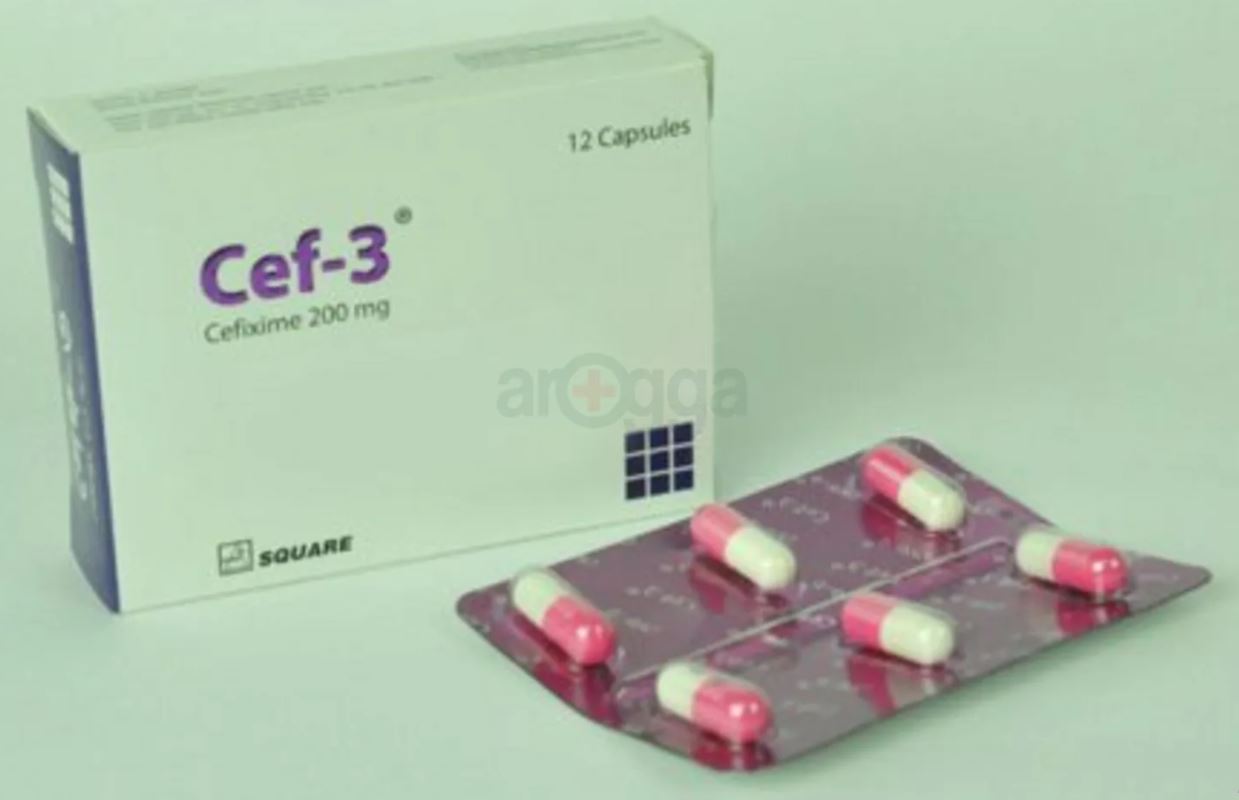
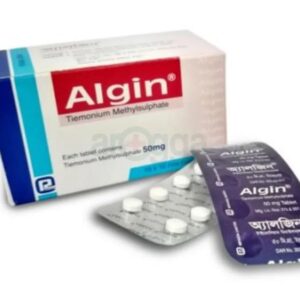
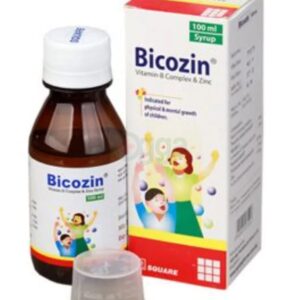
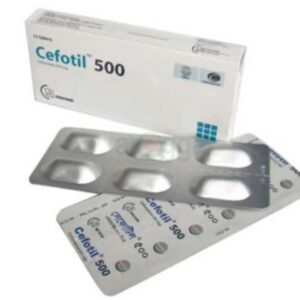
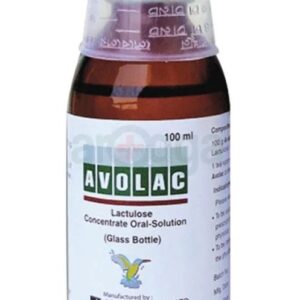
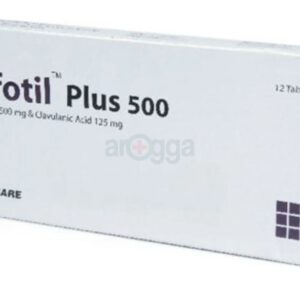
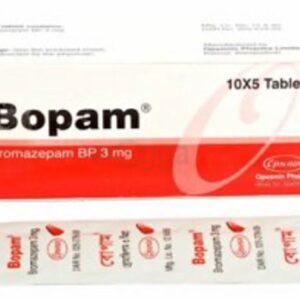
There are no reviews yet.